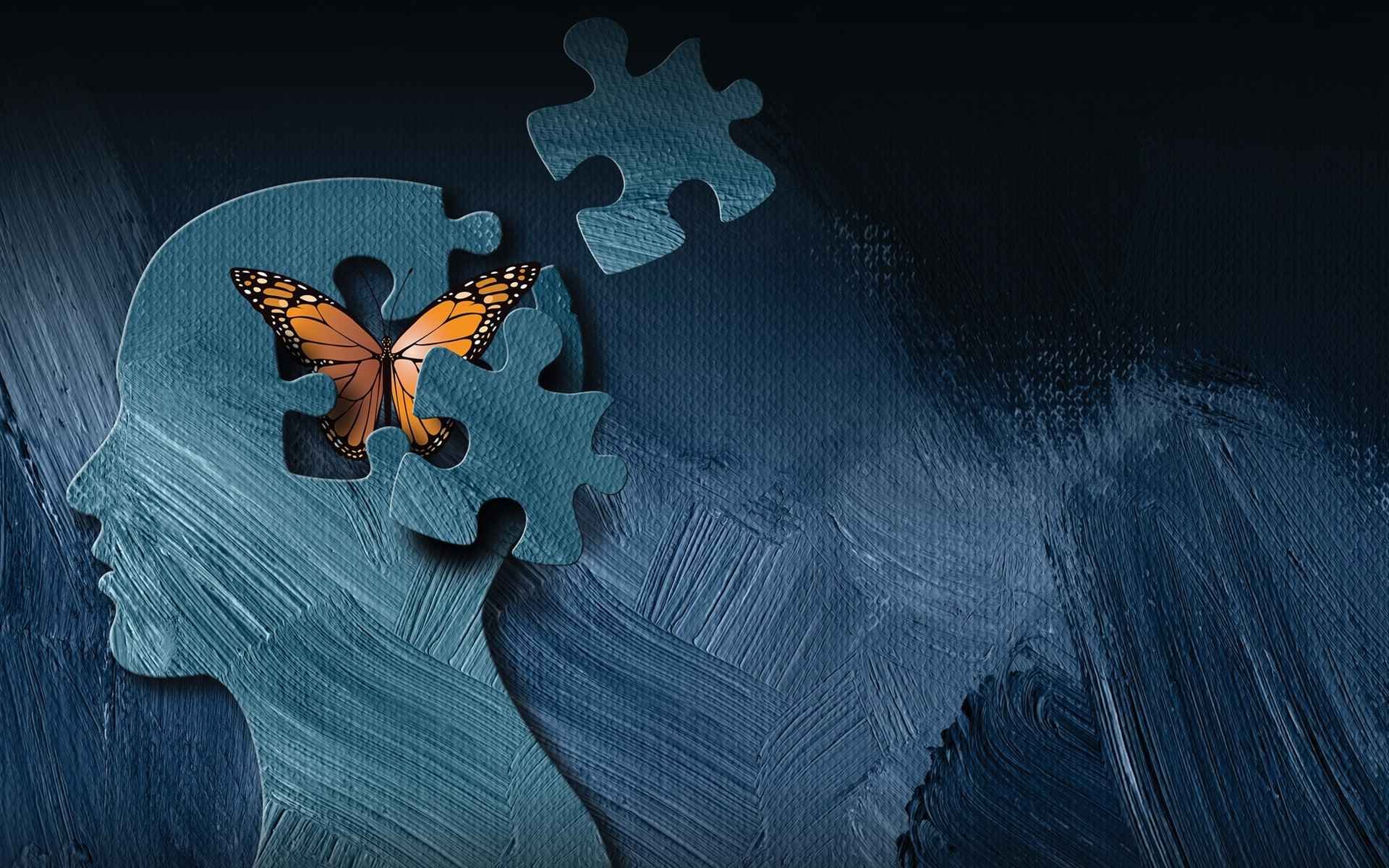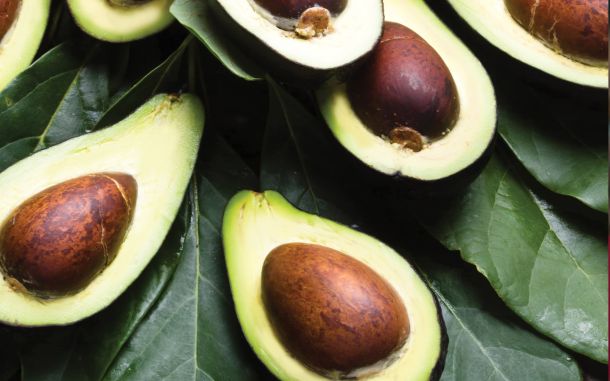Science Square (Issue 143)

In This Article
-
New research has provided some fresh insights into why dreams are biologically so important. Scientists showed that capillary blood flow within the brain increases significantly while dreaming, which enhances neural waste removal and delivers more oxygen and nutrients.
-
Eggs have always been considered a major food source in human history. They also have one of the most distinguished shapes in nature that can adapt to the most diverse environmental conditions.
-
A comprehensive evaluation of the aquatic foods sector by multiple studies has uncovered how fisheries and aquaculture can provide a healthy and sustainable diet with fair and resilient food systems around the world.
Dreams keep brain refreshed
Tsai et al. Cerebral capillary blood flow upsurge during REM sleep is mediated by A2a receptors. Cell Reports, August 2021
New research has provided some fresh insights into why dreams are biologically so important. Scientists showed that capillary blood flow within the brain increases significantly while dreaming, which enhances neural waste removal and delivers more oxygen and nutrients.
The purpose of dreaming has always been very controversial. Dreams are typically composed of illogical scenarios, and they can be scary, cathartic, and sometimes even funny. Modern medicine has provided a great deal of evidence that sleeping helps the brain to reset, recharge, and process newly formed memories. But what about dreams? Dreams predominantly occur during the Rapid Eye Movement (REM) phase of sleep. To explore the specific biological processes during REM sleep, researchers in this study used a groundbreaking new technique that allowed them to watch in real-time the flow of blood throughout the brains of mice as they passed through the various stages of sleep. They specifically used a dye to make blood vessels in the brain visible under fluorescent light and imaged them live through a technique called “two-photon microscopy.” Using this approach they were able to directly observe red blood cells in capillaries of the cortex in non-anesthetized mice. Long hours of imaging sessions revealed the massive flow of red blood cells through brain capillaries, specifically during REM sleep, but not during other sleep states. Interestingly, when researchers woke up the mice during REM a stronger rebound REM with increased blood flow was followed as soon as mice fell back asleep. This suggests that the brain makes up for the lost time by increasing blood flow to facilitate brain refreshment. Reductions in neurovascular blood flow and lack of REM sleep are associated with dementia and Alzheimer’s onset. Further evidence suggests that dementia is linked with the buildup of neural waste and toxic proteins in the brain. These findings imply that high quality REM sleep and dreams are likely the key for keeping the mind sharp well into old ages.
The mathematics behind the geometry of an egg
Narushin et al. Egg and math: introducing a universal formula for egg shape. Annals of the New York Academy of Sciences, August 2021.
Eggs have always been considered a major food source in human history. They also have one of the most distinguished shapes in nature that can adapt to the most diverse environmental conditions including extreme heat, humidity, incubation with or without body heat, in or out of nests, and from very clean to highly infectious environments. Moreover, an egg has a remarkable shape that is large enough to grow an animal embryo inside, small enough to exit the body of 10,500 living bird species, not roll away once laid, and be structurally resilient enough to carry disproportional weight. Despite many efforts, a universal mathematical formula that define the shape of an egg with an equation has not been found until now. The shape of an egg is comprised of four geometric figures: sphere, ellipsoid, ovoid, and pyriform (also known as pear-shaped). The first three are clearly defined in mathematics but a formula for the pyriform profile had not been developed until now. To resolve this major problem researchers first developed a formula describing only the shape of a pear and then combined it with the current formula. The new universal formula for egg shape is now based on four parameters: egg length, maximum breadth, shift of the vertical axis, and the diameter at one quarter of the egg length. The generation of this new formula allows scientists to better understand not only what the egg itself looks like, but also how and why it was formed. Discovering the universal equation for such a sturdy, aerodynamic, and ultra-efficiently designed bio-structure is not only important to biology, but also to many other different fields ranging from the food industry to architectural engineering, agriculture, aeronautics, and even art.
Blue Foods: The key ingredient for ending world hunger in a sustainable future
Gephart et al. Environmental performance of blue foods. Nature, September 2021.
Short et al. Harnessing the diversity of small-scale actors is key to the future of aquatic food systems. Nature Food, September 2021.
Tigchelaar et al. Compound climate risks threaten aquatic food system benefits. Nature Food, September 2021.
A comprehensive evaluation of the aquatic foods sector by multiple studies has uncovered how fisheries and aquaculture can provide a healthy and sustainable diet with fair and resilient food systems around the world. Our current food systems are extremely fragile and even worsened due to the COVID-19 pandemic. They have been constantly weakened by outdated supply chains and become vulnerable to climate change. How can we protect the planet while producing sufficient and healthy food to nourish our growing population in these aggravating conditions? Searching for solutions, researchers decided to analyze data from hundreds of studies on a wide range of seafood (also named as blue food) species. Their findings demonstrate that blue foods rank higher than land animal source foods in terms of their nutritional benefits and potential for sustainability advantages. For example, compared to chickens, trouts have approximately 19 times more omega-3 fatty acids; oysters and mussels have 76 times more vitamin B-12 and five times more iron; and carps have nine times more calcium. But how can we increase the production and consumption of blue foods? The projected global demand for blue food will double by 2050. The existing gap could be primarily filled by increased aquaculture rather than by capture fisheries. Investing in innovation and improving aquacultures can potentially make blue foods cheaper to the consumer and generate a shift away from land-based foods like chicken, beef, and diary. Moreover, the major blue food species produced commercially in aquaculture, such as tilapia, salmon, catfish and carp, have environmental footprints comparable to chicken, the lowest-impact land animal meat. Blue food systems seem to be our best option to combat malnutrition, lower the environmental footprint of the food system, and provide livelihoods. Aquatic foods have been typically neglected by researchers and policymakers. Maybe it’s time to recognize and prioritize them.









